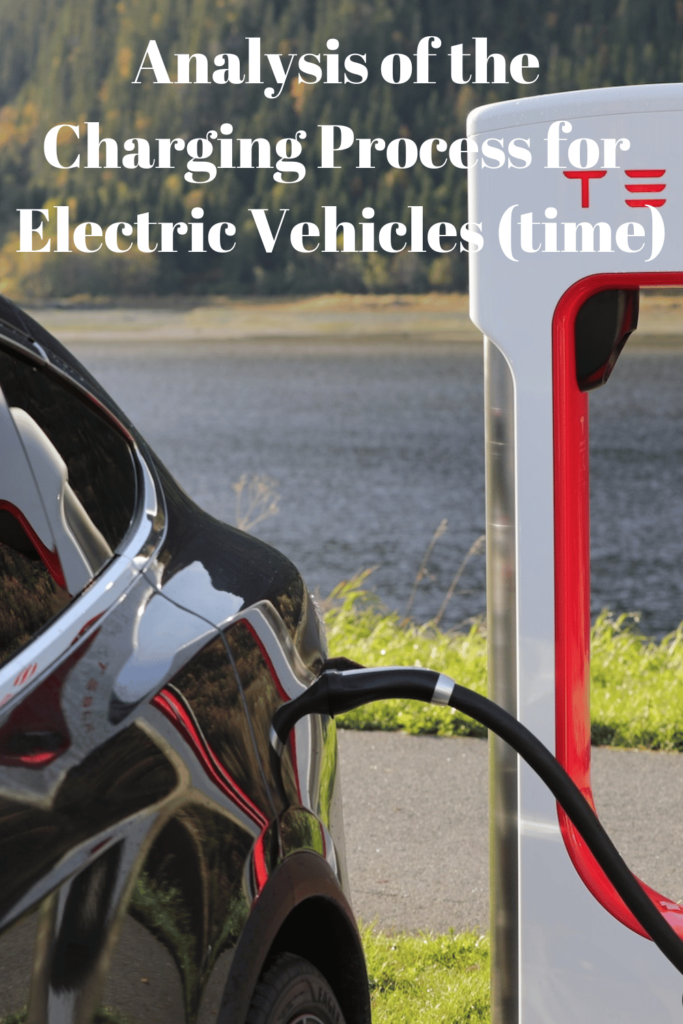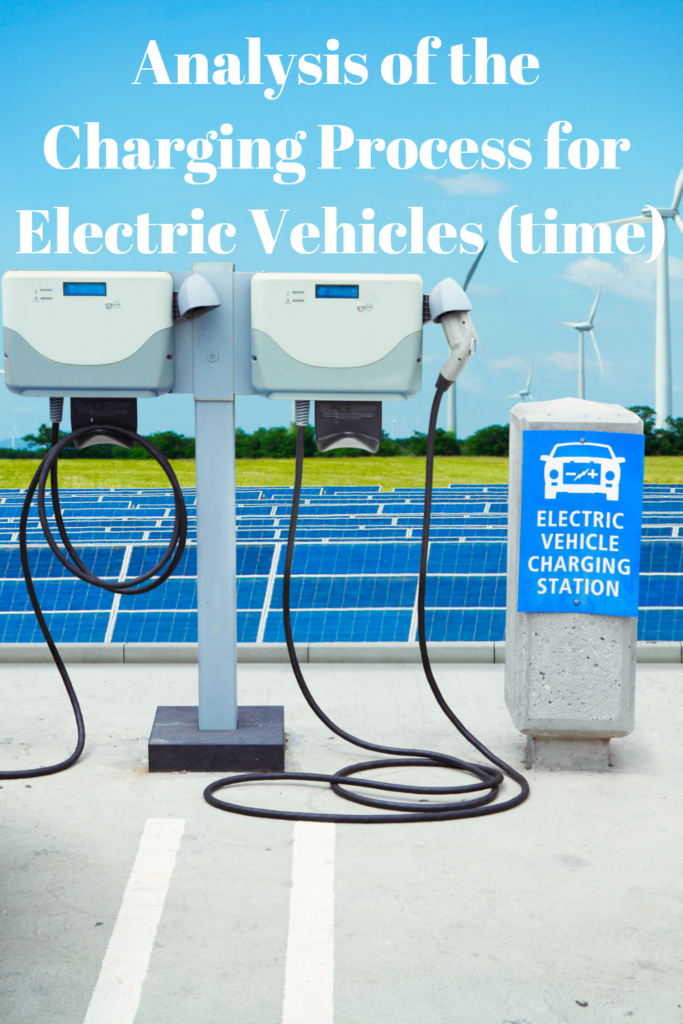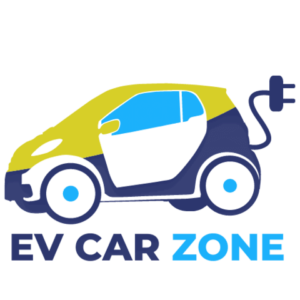Analysis of the Charging Process for Electric Vehicles:
The charging process for electric vehicles (EVs) involves transferring electricity from a power source to the vehicle’s batteries.
Several factors influence the charging times of EVs, including battery capacity, charger power output, charger efficiency, and power availability.

Factors Affecting Charging Times:
1.Battery Capacity: The size of an EV’s battery pack determines its charging time. Larger battery capacity takes longer to charge. For example, an EV with a battery capacity of 60 kWh will take longer to charge than a similar vehicle with a 40 kWh capacity.
2. Charger Power Output: The charging speed depends on the charger’s power output, which is measured in kilowatts (kW). Higher power output results in faster charging. EVs can be charged at various power outputs, including 3.7 kW, 7 kW, 22 kW, and even higher.
3. Charger Efficiency: The efficiency of the charger affects the amount of electricity lost during the charging process. Higher-efficiency chargers result in less energy loss, minimizing charging times.
4. Power Availability: Charging times can be affected by the available power supply. If the power supply is limited, the charging speed may be reduced.
Types of Chargers and Charging Speeds:
1.Level 1 Chargers: These are standard chargers that operate on a 120-volt AC power outlet. They typically have a power output of around 1-1.4 kW. Level 1 chargers are slow but can be valuable for overnight charging or in regions with limited power infrastructure.
2. Level 2 Chargers: These chargers require a dedicated 240-volt AC circuit and have a power output ranging from 3.7 kW to 22 kW. Level 2 chargers are commonly found in homes and public charging stations. They offer faster charging compared to Level 1 chargers, suitable for daily or occasional charging needs.
3. DC Fast Chargers (Level 3 Chargers): These chargers provide the highest power outputs, ranging from 50 kW to 350 kW. DC fast chargers bypass the vehicle’s onboard charger, directly supplying DC power to the battery. They are primarily found at public fast-charging networks and highway rest stops. DC fast chargers allow for rapid charging, often capable of delivering an 80% charge in around 30 minutes, depending on the EV model.

Average Charging Times and Practical Tips:
The average charging time of an EV depends on several variables, including its battery capacity, charger power output, and power availability.
Based on recent industry studies and data, the following average charging times can be expected for different charger types:
1.Level 1 Chargers: These chargers typically add around 2-5 miles of range per hour of charging. For example, an EV with a 60 kWh battery and a Level 1 charger may take 16-40 hours to charge from 0% to 100%.
2. Level 2 Chargers: The charging speed of Level 2 chargers varies depending on the power output. On average, Level 2 chargers provide 15-30 miles of range per hour of charging. Using the same 60 kWh battery example, the charging time can range from 2-4 hours for a 7 kW charger to 1-2 hours for a 22 kW charger.
3. DC Fast Chargers: Charging times on DC fast chargers significantly vary depending on the EV’s battery capacity and the charger’s power output. These chargers can typically provide 80% charge in 30-60 minutes for modern EVs with larger batteries, while older EVs may take longer.
Practical Tips for Optimizing Charging Times and Efficiencies:
1.Plan Charging Stations: Utilize mapping apps or websites that provide information about the location and availability of charging stations along your route to avoid long wait times.
2. Time Charging Smartly: Take advantage of off-peak electricity rates when charging at home to reduce costs and avoid straining the power grid.
3. Select Higher Power Chargers: Using higher power chargers, such as Level 2 or DC fast chargers, when available can significantly reduce charging times.
4. Optimize Battery Capacity: Regularly monitor and maintain the state of charge (SOC) of your EV’s battery to ensure it is within the recommended operating range, optimizing charging efficiency.
5. Utilize Preconditioning: Use the EV’s pre-conditioning features available in many models to warm or cool the cabin while charging, reducing the need for onboard heating or cooling during use, which can consume additional battery power.
Conclusion:
The charging process for electric vehicles involves multiple factors that influence charging times, including battery capacity, charger power output, charger efficiency, and power availability.
Different charger types, such as Level 1, Level 2, and DC fast chargers, offer varying charging speeds.

While Level 1 chargers provide slower charging, Level 2 chargers offer a decent balance between charging speed and accessibility, while DC fast chargers allow for rapid charging on the go.
Practical tips and recommendations, such as planning charging stations, utilizing higher power chargers, and optimizing battery capacity, can help EV owners optimize charging times and efficiencies.
